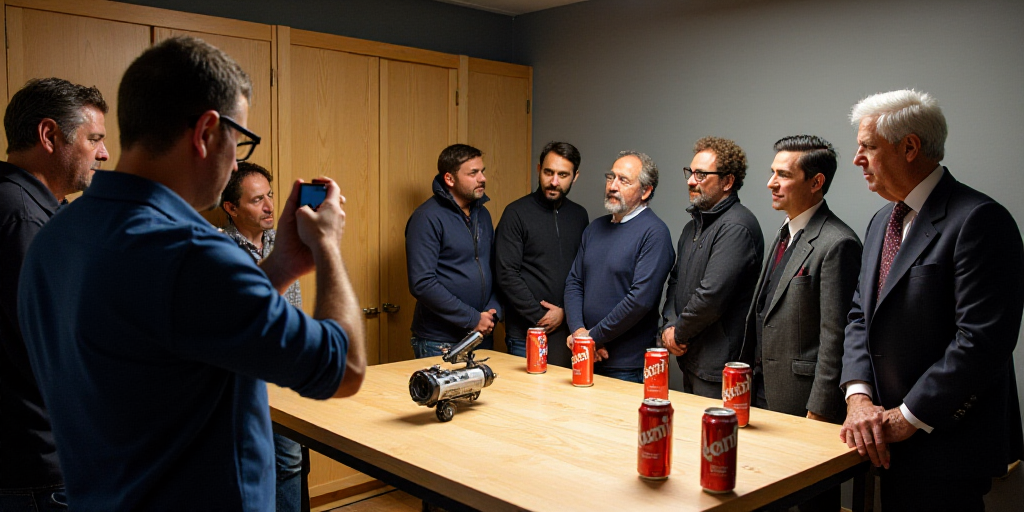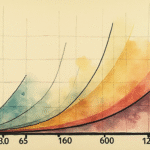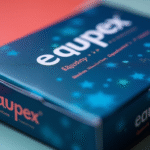Current Sponsorship Landscape
As Mexico gears up for the 2026 World Cup, which it will co-host with the United States and Canada, the national team, known as “El Tri,” has secured 31 brands as sponsors. However, the sheer number does not guarantee quality, as several of these brands remain unnoticed without activations or mentions.
Expert Analysis
Javier Balseca, a marketing and sports sponsorship specialist, explains to El Economista: “In world football, many brands believe that simply attaching their name to the team’s uniform will result in sales, but they need to invest much more.” He adds that while the national team is Mexico’s top sports asset, it also has a history of underperformance in major competitions.
“Brand alignment is crucial in marketing, and many sports stars share this principle. The national team fails, as seen in Qatar 2022, yet it’s marketed as elite,” Balseca states.
Currently, sponsoring the national team costs a minimum of 50 to 80 million pesos annually, with some brands paying up to 200 million pesos. This allows the Mexican Football Federation (FMF) to raise approximately 2,800 million pesos annually.
Recent Case: Comex
Comex, a recent addition to the national team’s sponsor list, previously supported the team in 2012 and had ties with Liga MX and referees. They signed a one-year contract (until the end of the 2026 World Cup) as an “official product alliance,” introducing four items with the Mexico national team logo and a commercial featuring Luis Hernández and Jared Borgetti, former team members.
Leonardo Salazar, Comex’s marketing director, explains their motivation: “Our audience is heavily connected to football. We’ve had various sponsorships and strategic alliances, and currently, we sought a sense of unity. More than Liga MX, which is very visible and connected to our followers, the national team unites everyone.”
- Question: How does Comex manage its brand when the national team’s performance is not optimal?
Answer: “We have two sides of passion: our legends, who are remembered for their connection rather than wins or losses, and current players. Football appeals to different segments of society and generations. Current generations understand the legends but want to hear about today’s players. Our strategy connects both, addressing current players’ passion and the solid foundation that legends provide.”
Diverse Expectations
Balseca highlights that each brand may have different goals when partnering with the Mexican national team, including positioning, competitive differentiation, and direct sales—though the latter is challenging and only casinos have direct conversion.
Despite individual brand objectives, Balseca emphasizes the scarcity of activation or mention opportunities. For instance, the team’s official social media profiles only display Adidas’ logo, which manufactures their uniforms.
“When the national team reaches over 50 million viewers per match, it’s undeniable. There’s significant media exposure, but in terms of sponsorship, what tangible assets can a company link to? Brands are merely told they’re official sponsors, and their logos can be used in stores since they’ve paid a premium.”
“During games, brands cannot be on uniforms or banners unless organized by the FMF, as FIFA regulations (CONCACAF) prohibit it. Brands cannot be on anything directly visible to the audience during play, so one must consider the value of associating with the national team when there’s limited visibility during crucial fan moments,” Balseca explains.
- Question: Why do brands continue to sponsor the national team despite limited visibility?
Answer: “It’s a significant asset, but there are no mention spaces. More than half of these 30 brands won’t return because it won’t work for them. Kavak experienced this… Others are new and venturing into what was sold as a great product, but it won’t work due to the lack of proper media value correlation. They’re jumping on the trendy train, sold an irresistible proposition.”
Comex’s Social Impact Strategy
Comex plans to leverage its national team partnership for its social impact initiative. They aim to rehabilitate 50 public sports facilities in Mexico City, Jalisco, and Nuevo León (2026 World Cup host cities) with a nearly 30 million pesos investment.
Comex has been undertaking this initiative for eight years, rehabilitating over 150 facilities nationwide and boosting 25% adolescent participation and 15% female engagement.
Brand Differentiation
Balseca draws a comparison to the UEFA Champions League, which has only nine global sponsors meticulously placed in games and the official website. In contrast, Mexico’s national team has over 30 sponsors, necessitating brand differentiation and value return assessment.
“Previously, the national team had clearly defined top sponsors, reaching 16 to 18 in total, each distinctly positioned,” Balseca insists.
He estimates that prospective sponsors for the upcoming months should be prepared to invest a minimum of 60 million pesos leading up to the 2026 World Cup.
Recent Successes
In 2025, Mexico has already secured two titles: the CONCACAF Nations League and the Gold Cup. The Gold Cup final against the United States drew 19.1 million television viewers, broadcasted by TUDN (Televisa Univision). These achievements fuel fans’ anticipation for the 2026 World Cup.






